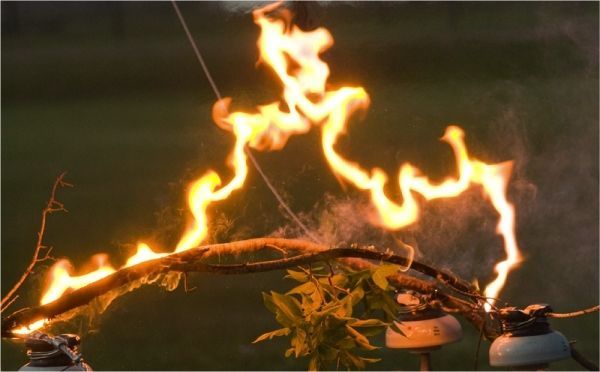When your power goes out, you probably assume that your utility provider has a monitoring system quickly telling them exactly where the problem is. After all, this is the era of smart technology and big data.
But the electric grid wasn’t designed or built in this era. Utility companies may know if there is an outage, but they likely don’t know exactly where or what the problem is until crews inspect it and find the problem. Utility providers are essentially blind to developing problems in the grid other than whether the power is on or off.
Not only is their ability to assess a current outage limited, they also have no way of identifying a problem that may not actually be causing an outage or anticipating where a problem may occur in the future. For example, a failing device could be sparking, creating a dangerous situation that nobody is aware of for days or weeks before it completely fails and causes an outage. But, not anymore.
Applying concepts of pattern recognition and advanced signal processing to more than a decade of data, a team of Texas A&M University researchers has developed a new technology called Distribution Fault Anticipation (DFA). It has the capability to not only help utility providers find the cause of outages, but to also anticipate and predict some failures before outages occur. (Their published research, Application of DFA Technology for Improved Reliability and Operations, was presented at the 2017 Institute of Electrical and Electronics Engineers Rural Electric Power Conference in Columbus, Ohio.)
Continue reading at Texas A&M University
Image via Texas A&M University College of Engineering


